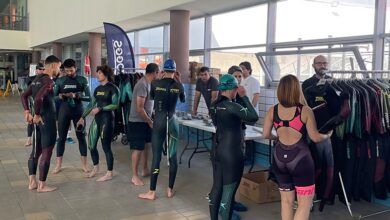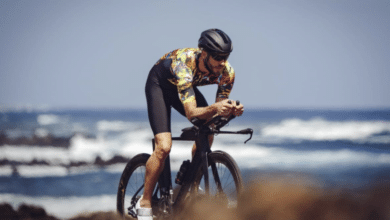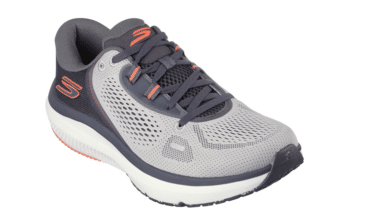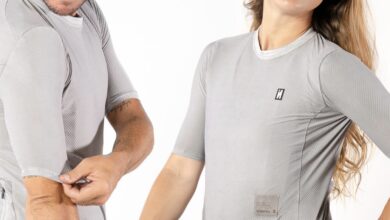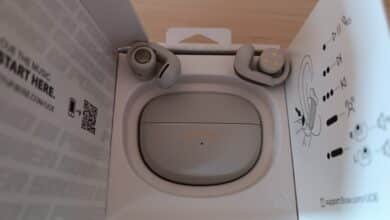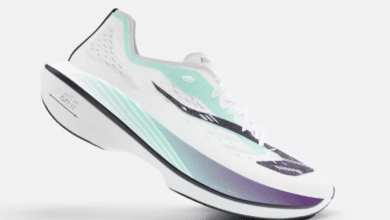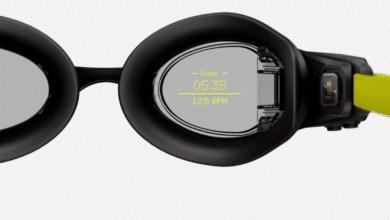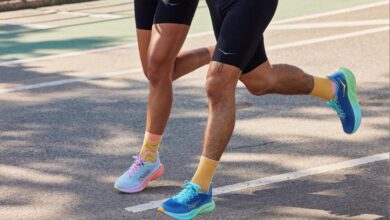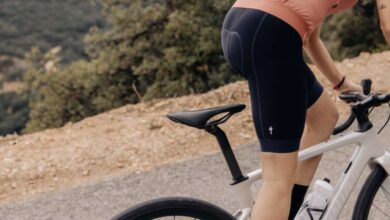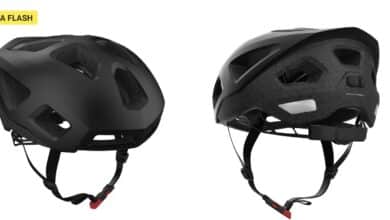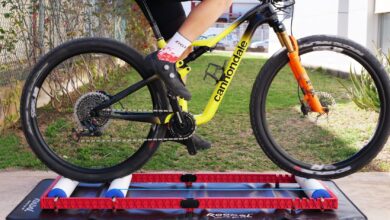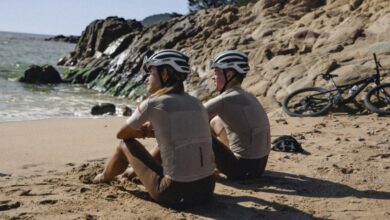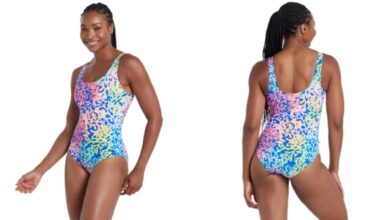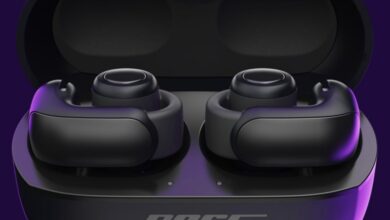Using the Snorkel in swimming is it good to use it?
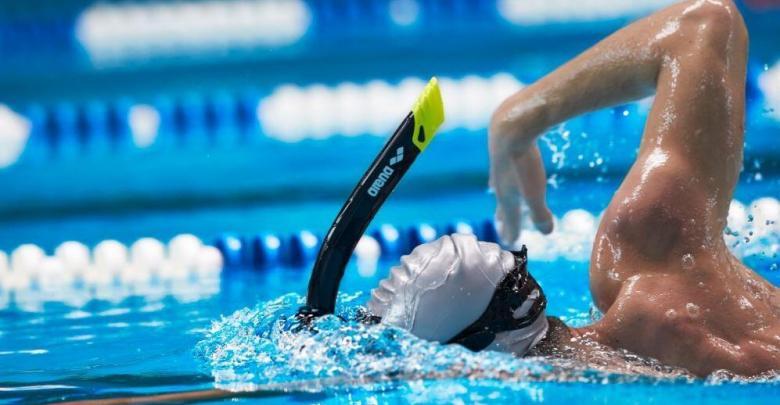
It is increasingly common to see between training accessories of triathletes and swimmers the snorkel o tuba. We tell you how and for what it is used, benefits and considerations to take into account when using it.
Snorkel types
Starting from front model, since the side is very uncomfortable for training, we are mainly going to find two models that usually make the price difference (in addition to the manufacturing material): with and without check valve.
It is located in the lower part of the tuba and allows the small droplets and splashes of water that come in during the swim to leave without having to make "strong blows".
How is it placed?
present a adjustable rubber, similar to that of swimming goggles, so you only have to place the front part on your forehead and pass the rubber behind the head.
Note that the tuba is aligned, since there are less stable models and sometimes they stay turned.
What is it used for?
Mainly the use of the tuba is for the technique work, since it allows us to “forget” about breathing and focus on the specific technical aspect that we are working on.
In addition it also allows us work body position in search of greater hydrodynamics, becoming aware of the positioning of the head, hip and legs in relation to the surface of the water.
It is a very useful training accessory as long as you take into account the considerations of its use and vary your technique work
Another very frequent option in higher level athletes is its use for aerobic resistance work.
The entry of air through the tuba is less than through our own mouth and the fact of not fully expelling CO2 from the tuba makes us work tolerance to it.
Some specialized brands present accessories that are placed on top of the tuba and further limit the entry of air.
Which has benefits ?
- It allows to focus your work in technical aspects
- Allows improve body alignment y head position
- Allows observe the movement of the arms in the underwater phase
- Allows eliminate additional burden in certain exercises. Example: do not tighten lower back in kicking exercises
- Improve oxygen consumption and tolerance to CO2
Things to keep in mind
- If you find it difficult to dissociate mouth-nose breathing, you may swallow water at first, so you can start using nose clips (like those of artistic swimming).
- Alternate technique exercises with and without tuba to get a transfer effect to the real style of swimming
- Do not forget to do specific breathing exercises
- Keep the breathing rhythm just like when we take off the head (each 2 or 3 strokes)
- It usually decreases roll movement with its use, so more attention should be paid
Without a doubt, the front tuba is a very useful training accessory as long as you take into account the considerations of its use and vary your technical work, so we encourage you to integrate it into your training accessories.
Laura García Cervantes
There are no previous results.










